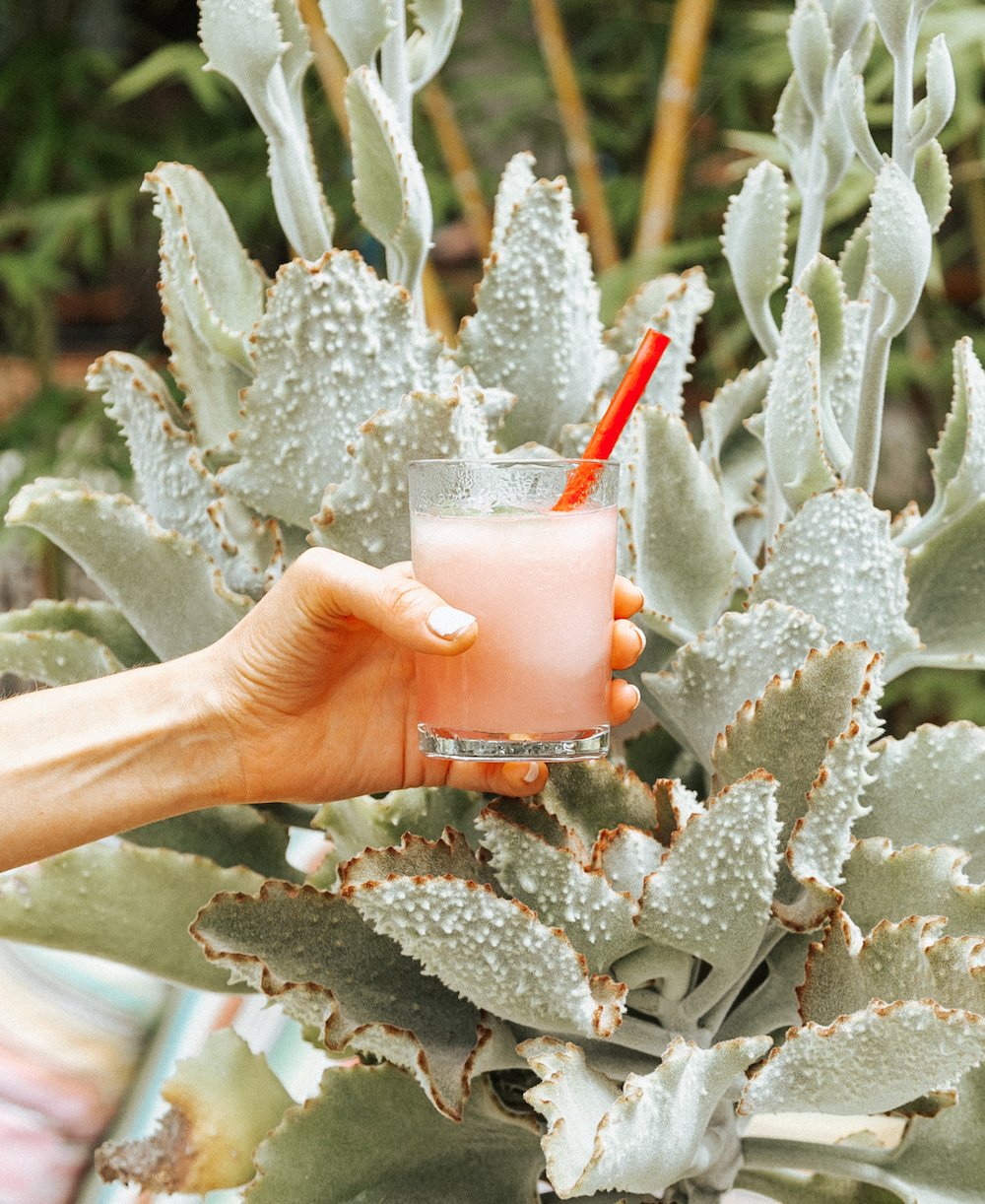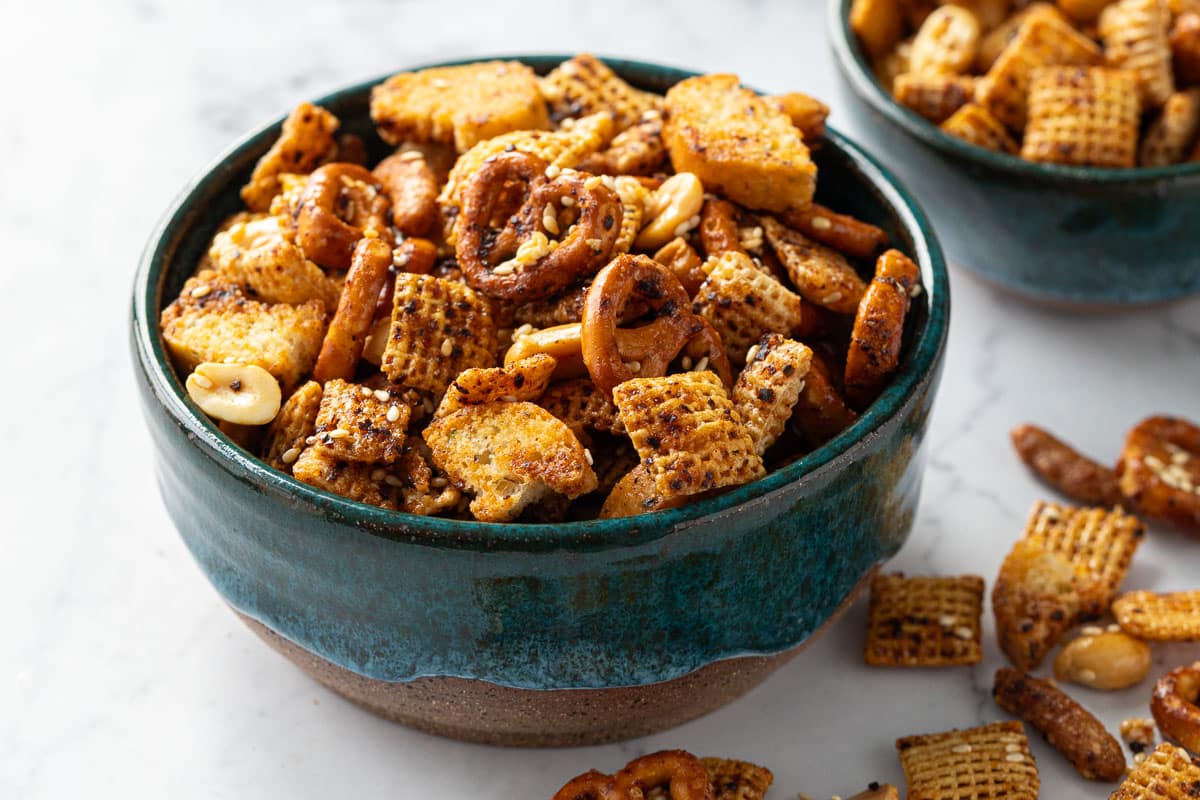How to Find Free (or Cheap) Soil for Your Raised Garden Beds
Many gardeners like to use raised beds to grow their bounty—they create a lovely border, limit weeds, and are easier on your back—but they can also be quite costly to fill, especially if they’re more than a foot high....


Photo: C Levers (Shutterstock)
Many gardeners like to use raised beds to grow their bounty—they create a lovely border, limit weeds, and are easier on your back—but they can also be quite costly to fill, especially if they’re more than a foot high. You don’t need to buy several bags of soil to get good quality, nutrient-rich material for your seedlings, though. Follow these tips to get cheap (and sometimes free) fill for your raised beds.
Check out your local waste disposal
A good place to start if you’re looking for free or cheap soil is your local municipal waste disposal. If your community has a composting program, you might be able to get compost for free or at a deep discount. (To use this compost, you’ll need to mix it with coconut coir or peat, as well as some vermiculite to get a good consistency and absorbency for growing plants.)
While you’re there, keep an eye out for mulch from tree branches and garden-quality straw to lay at the bottom of your raised bed, underneath the soil.
Buy soil in bulk
It’s the same quality as the bagged stuff at the hardware store, but if you can haul soil in bulk from your local garden store, you’ll save a lot. Just be sure to use only garden grade soil for filling raised beds—using unmixed topsoil can starve your plants of nutrients, and using soil that contains weed seeds or invasive funguses will make for extra work for you in the future.
G/O Media may get a commission
Try the hugelkultur method
Hugelkultur is a gardening technique that originated in Germany. The idea is to fill the lower parts of your raised bed with organic material you can get for free: Tree limbs and branches, mulch, and even tape and plastic-free cardboard can be used along the lower layers of your raised bed to minimize the amount of soil you’ll need. Begin with the largest chunks of material and work down to smaller bits. Mulch and other tiny pieces should go toward the top, underneath your soil. You need about 8 inches of soil to plant your garden, so you can fill the first foot—or even two feet—of your taller raised beds with other organic material, saving you several cubic yards of soil.
Connect with your local gardening community
Another way of getting free material for raised garden beds is through neighborhood gardening forums. Sometimes, people are willing to give away unused soil, mulch from fallen tree limbs, or community-run compost. By connecting with other gardeners in your area, you might find some materials for free or get hooked in to local deals.
Be sure to use materials that won’t import fungus or pests into your garden soil, though, and make sure to check any free soil you get for weed seeds. If there are a lot of seeds, you might rather pay for soil that doesn’t have seeds—unless you enjoy weeding, that is.

 KickT
KickT 
























.jpeg)






